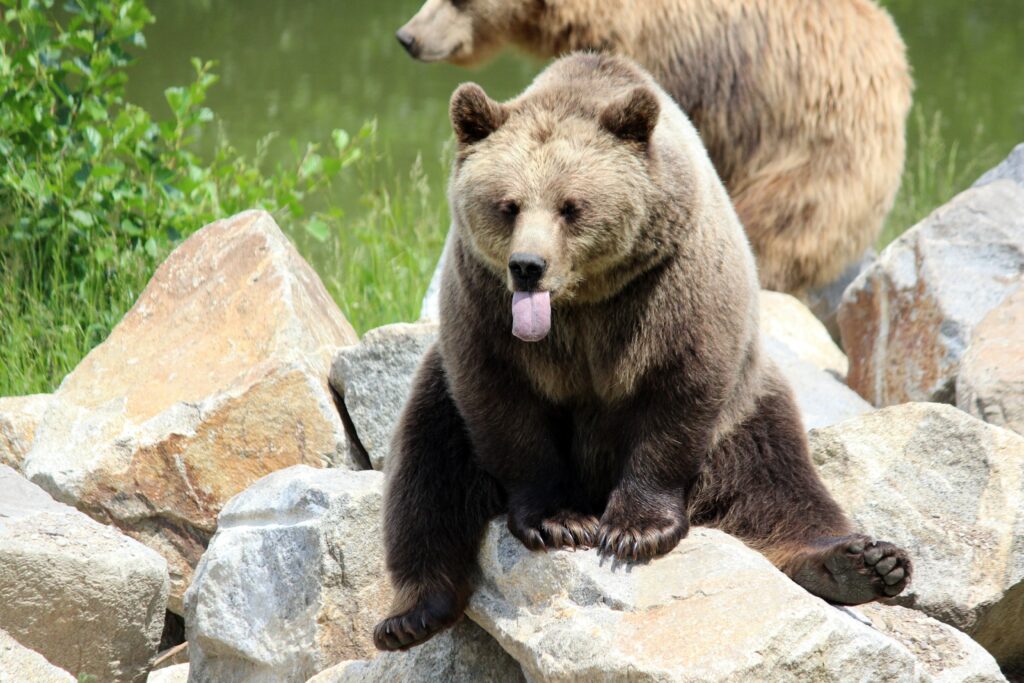This video was captured in the Canadian Rockies, bears coming out of hibernation and scratching that winter long itch. Well not actually, the bear is scratching their backs on the tree because it is a form of communication. Bears can communicate via their scent that is rubbed on the tree. This signals signs of virility and about their overall health to potential mates.
For students you can show this video to them and get them discuss what they see the bear doing. Is the bear dancing, scratching its back or something else? It would be great to see younger students imagination as to what the bear is doing and why. As a teacher you can make connections to the English Language Arts curriculum such as writing a story about what the bear is doing in order to spark their creativity. Or get students to pick a song the bear should be dancing to, or choose their favorite song that they dance to and why they enjoy it. This could also be a jump off point for students to find videos of other animals behaving in silly ways and discover why they are actually acting in that way. Either way this video sure is adorable and can to utilized in many ways into the classroom for young and older students. lastly, as a teacher you can expand on the Science curriculum and learn about bears, such as what they eat, how they survive and the various types of bears.
Teachers can introduce and teach their students about The Great Bear Rainforest that we our honored to live close to. The Great Bear Rainforest has an abundant of wildlife including the rare Spirit Bear. The Kitasoo/Xai’Xais Nation has a beautiful origin story of the Spirit Bear along with their initiative to protect the Spirit Bear. I have attached the link here:
In conclusion, just through viewing the video from Planet Earth II myself I began to dive into more information on bears, their habitats and ways to protect bears here in British Columbia. Thus the use of these videos in classrooms could hopefully spark that same kind of interest in students as well!

Resources:
https://www.sciencedaily.com/releases/2007/09/070909221303.htm
https://journals.plos.org/plosone/article?id=10.1371/journal.pone.0247964
Leave a Reply
You must be logged in to post a comment.